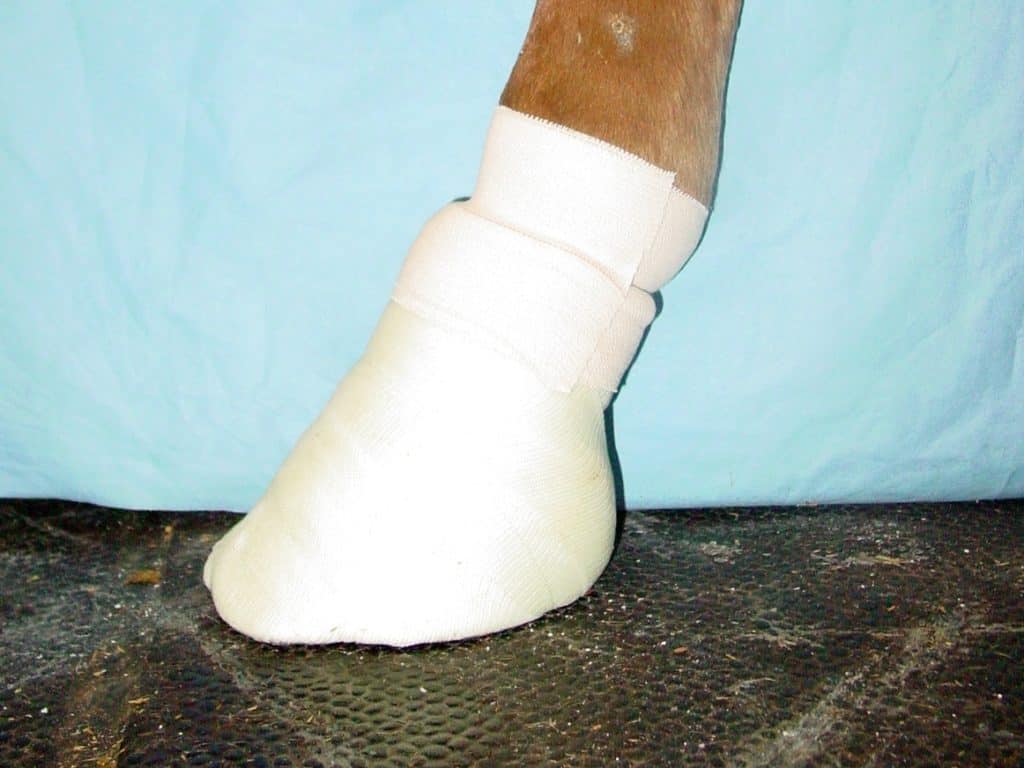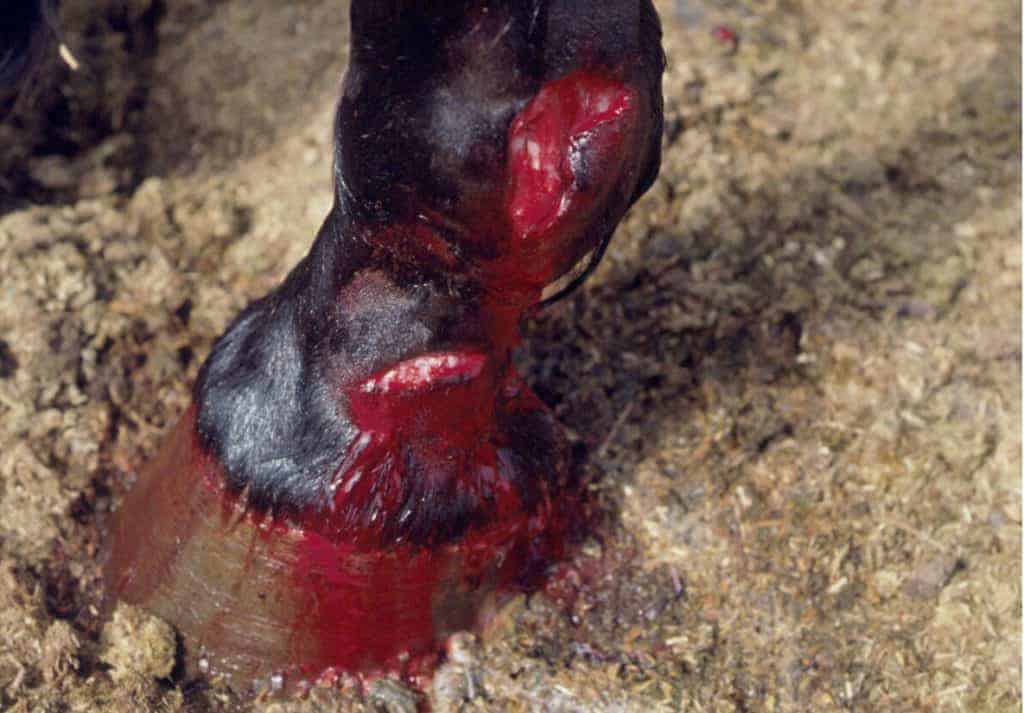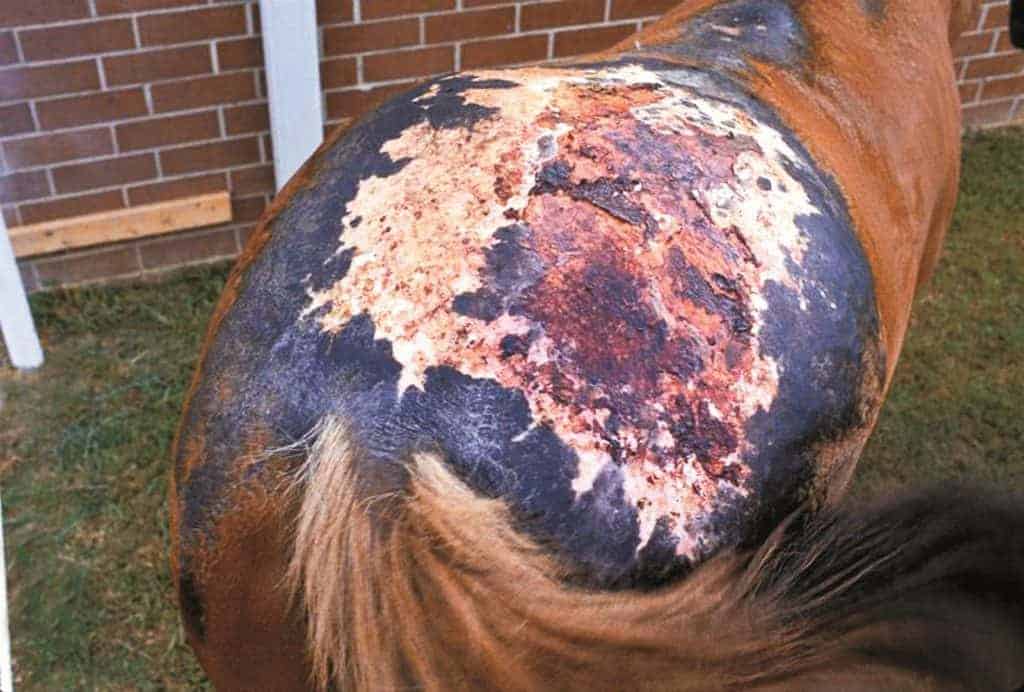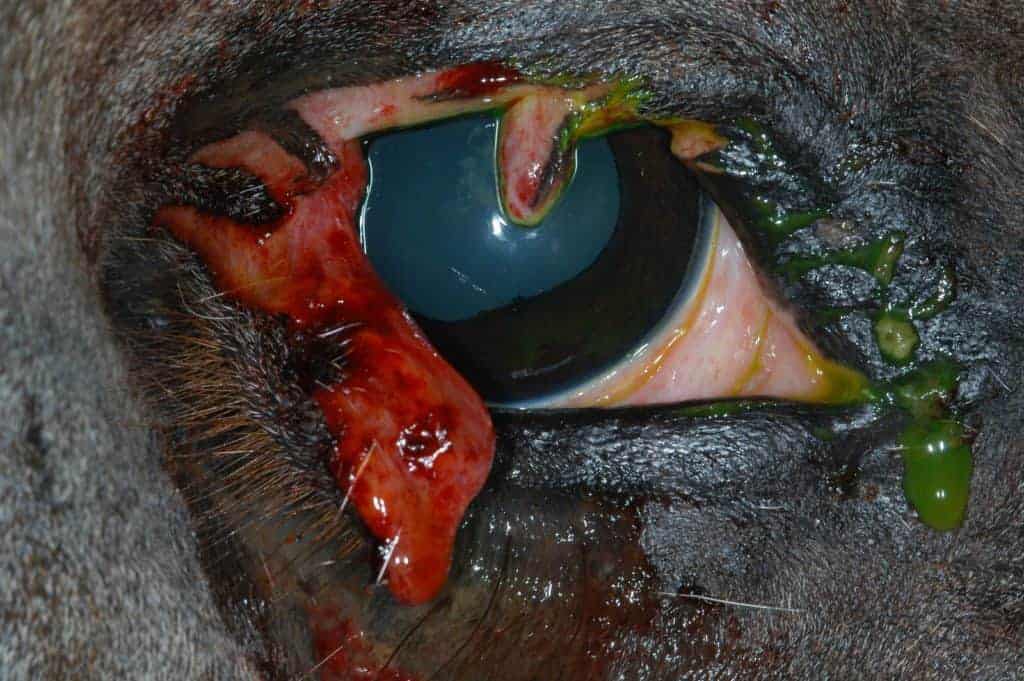
TheHorse.com’s Top Articles of 2016
Articles on behavior and equitation science, wound care, laminitis, beet pulp, hoof care, and more were popular in 2016.

Articles on behavior and equitation science, wound care, laminitis, beet pulp, hoof care, and more were popular in 2016.

A look at noninvasive high-tech therapies–from lasers to ceramic-thread blankets–and how they might help horses heal.

If my horse gets a cut, how can I tell if it’s severe enough to require a veterinarian to suture it?

Your horse is wounded, bleeding, or critically ill: What should you do? Get advice from our expert!

These wounds are bad news! Pursue immediate and aggressive therapy for the best chance at a successful outcome.

Is the ointment you’re using on that cut helping or hurting? Remember these tips when treating horse wounds.

Chronic infected wounds are challenging for vets to manage, not to mention distressing and costly for the horse owner.

Not all grafts are created equal, and some are better-suited for certain areas of the body than others.

Hoof casts immobilize joints, maintain the hoof-pastern axis, reduce the need for frequent bandage changes, and more.

Knowing how and being prepared to triage serious wounds can help improve a patient’s likelihood for a good recovery.

Equine stem cells confined inside tiny capsules secrete substances that help heal simulated wounds in cell cultures.

This artificial skin for horses could help vets manage wounds, burns, and other ailments, the investigators said.

Researchers tested two approaches that could help them monitor wound size and the healing process more easily.
Study topics include laminitis, foal pneumonia, stem cells, endometritis, joint issues, insulin resistance, and more.

Wound care is one of those many horse issues where there are as many opinions as there are horse owners.

Although eyelid lacerations are common, they should be considered surgical emergencies.
Stay on top of the most recent Horse Health news with
"*" indicates required fields